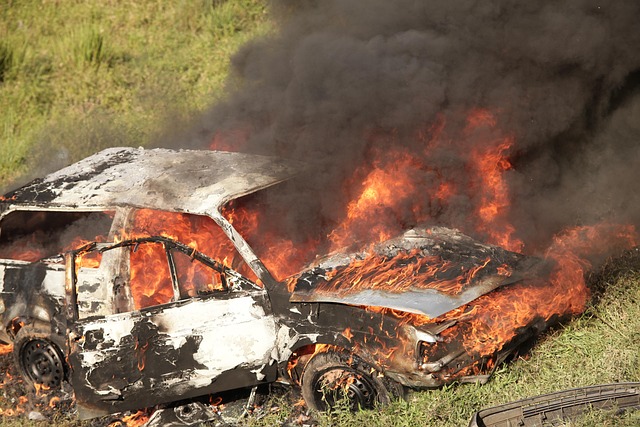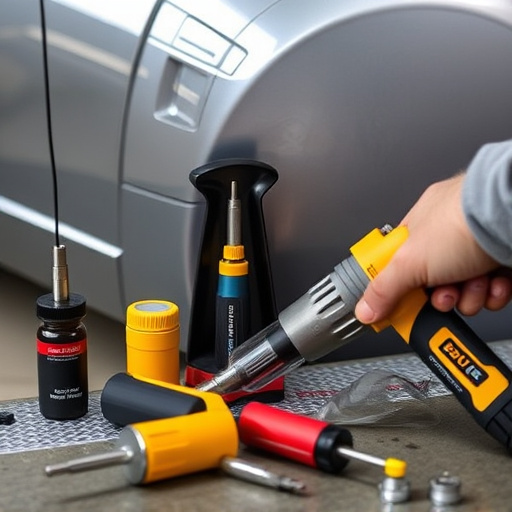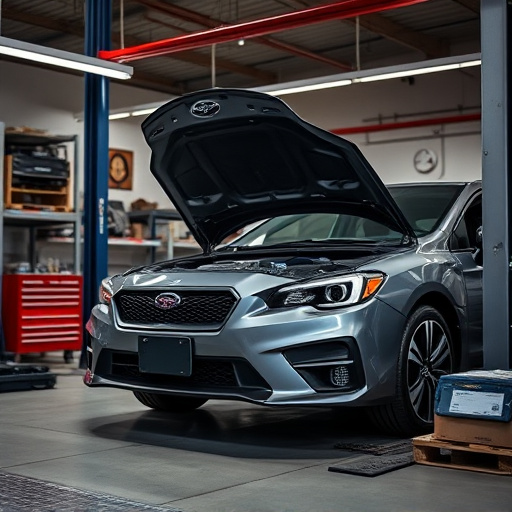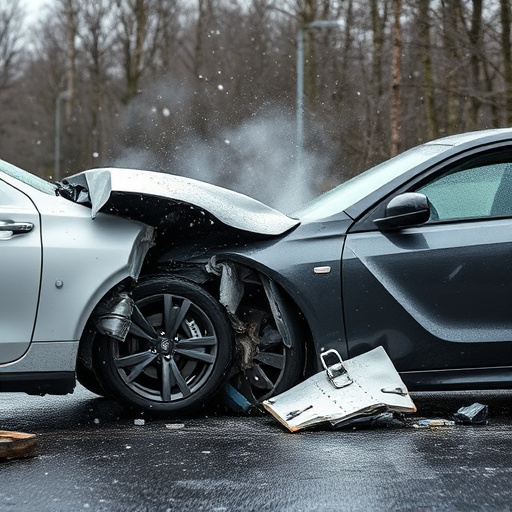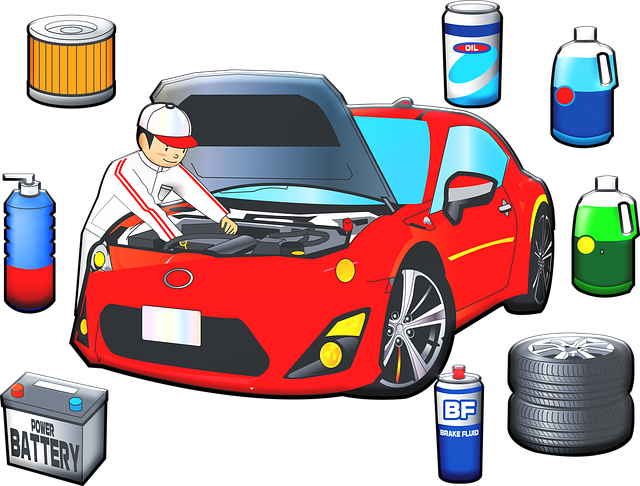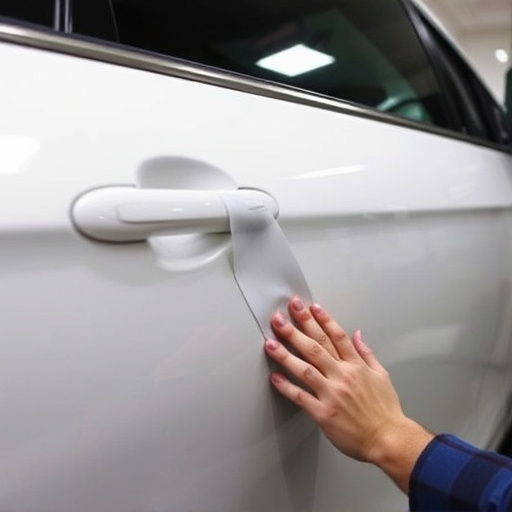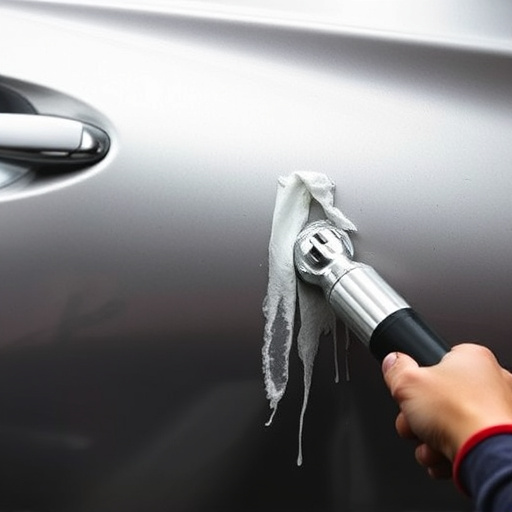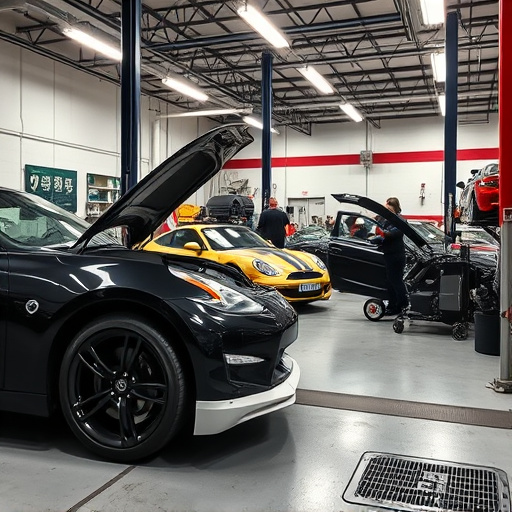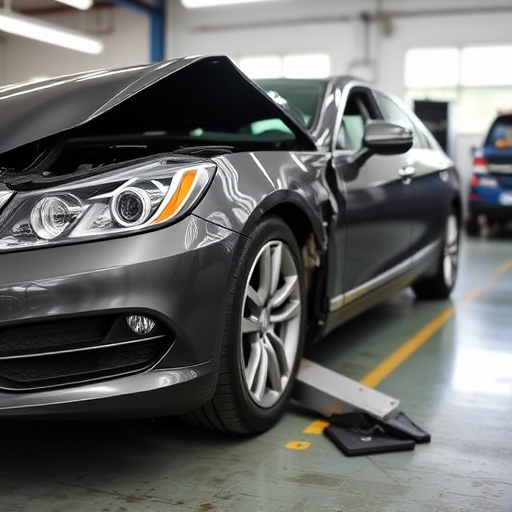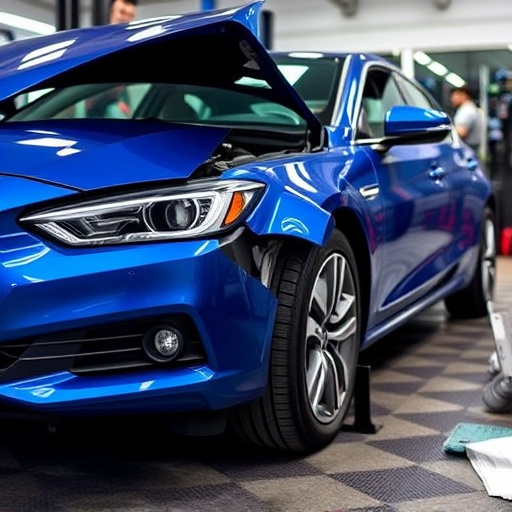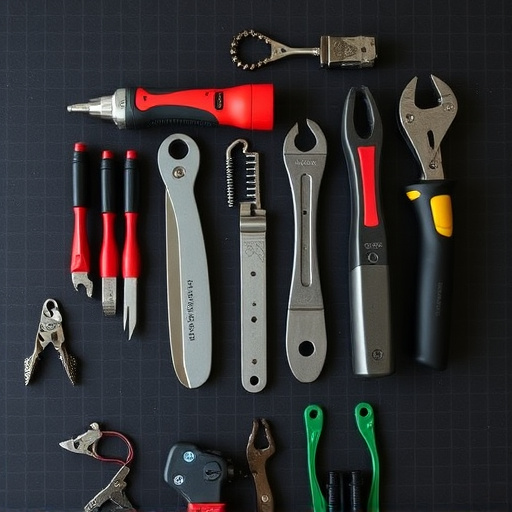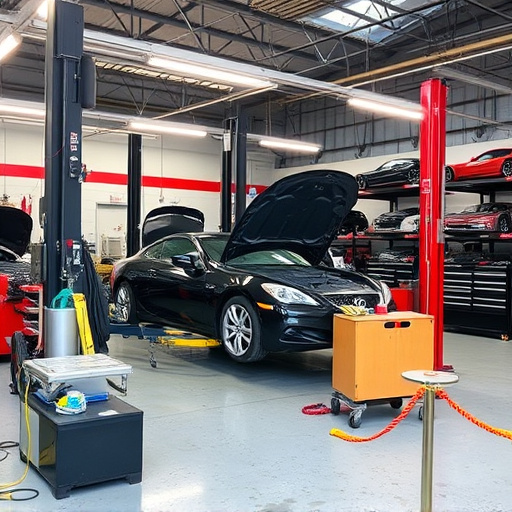Tesla charging port issues caused by debris, damage, or aging require specialized repair. Initial troubleshooting includes inspection and cleaning. Persistent problems may indicate internal failures or software glitches needing professional diagnosis. Simple repairs can be done with basic tools, but complex cases may demand collision repair centers specializing in electric vehicle fixes, addressing both external and internal Tesla charging port repair needs.
Struggling with slow or failed charging on your Tesla? You’re not alone. The Tesla charging port is a critical component that can experience issues over time. Understanding common problems and knowing how to fix them is essential for every electric vehicle owner. This guide breaks down the process of diagnosing and repairing your Tesla’s charging port, ensuring hassle-free recharging. Follow our step-by-step instructions for an effective Tesla charging port repair solution.
- Understanding Tesla Charging Port Issues
- Diagnosing Slow or Failed Charging
- Step-by-Step Repair Guide for Port
Understanding Tesla Charging Port Issues
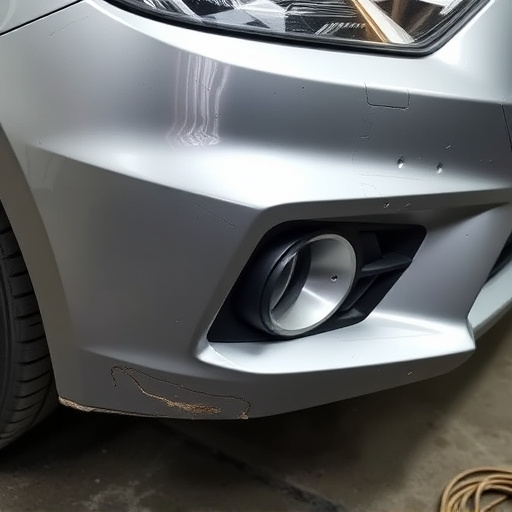
Tesla charging port issues can arise due to various reasons, from minor debris obstruction to more significant structural damage. If your Tesla is experiencing slow or failed charging, the first step is to inspect the charging port for any visible signs of wear and tear or foreign objects. Sometimes, a simple cleaning of the port using recommended Tesla cleaning tools can resolve the issue. However, if the problem persists, it might be indicative of more complex problems like damaged connectors, loose wiring, or even internal component failure.
Regular use, environmental factors, and accidental damage can contribute to charging port issues over time. Unlike a vehicle dent repair or Mercedes Benz repair where cosmetic concerns dominate, Tesla charging port repair focuses on functionality. A reliable collision repair center specializing in electric vehicle repairs can diagnose and address these problems effectively, ensuring your Tesla is charged and ready for the road.
Diagnosing Slow or Failed Charging
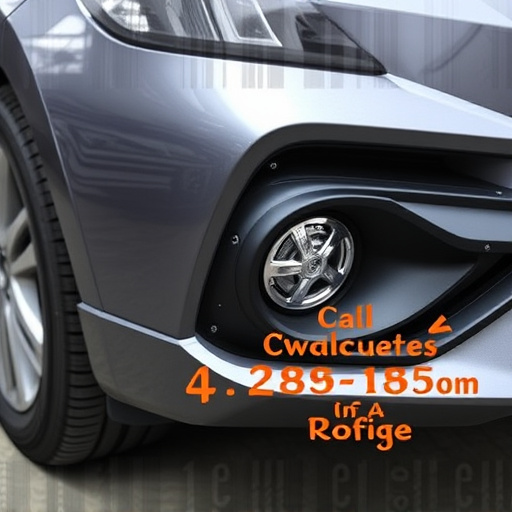
When dealing with slow or failed charging issues on your Tesla, the first step is to diagnose the problem accurately. Start by examining the physical connections at the charging port and ensuring they are secure and free from debris. Sometimes, a simple cleaning of the port and connectors can resolve the issue. Check for any visible damage to the port itself or the surrounding area, such as a cracked or damaged bumper, which could interfere with charging.
If the initial inspection doesn’t reveal any obvious issues, you may need to delve deeper. Use diagnostic tools to check for communication between the vehicle’s system and the charging station. Issues like faulty wiring, damaged internal components, or software glitches can cause charging problems. Considering a Tesla charging port repair might be necessary, especially if damage is extensive or after evaluating through car paint services and bumper repair in case of external harm.
Step-by-Step Repair Guide for Port

Repairing a Tesla charging port that’s slow or non-functional is a straightforward process that can be completed with some basic tools and knowledge. First, locate the charging port, usually nestled behind a sleek, integrated design on your Tesla’s bumper or side panel. This accessibility makes luxury vehicle repair more convenient than ever before. Next, gather your tools: a Philips screwdriver, a new charging port assembly (ensure it’s compatible), and some electrical tape for insulation.
With safety in mind, unplug the charging cable and power off your Tesla. Remove any debris or damage around the port using fine-grit sandpaper. Clean the area thoroughly to ensure optimal adhesion during the replacement process. Now, carefully disassemble the old port by unscrewing any visible bolts or fasteners. Next, install the new port by aligning it precisely with the existing opening and securing it tightly with the screwdriver. Finally, wrap the connection points with electrical tape for added protection against moisture and corrosion, a common issue in collision centers.
Experiencing slow or failed charging with your Tesla can be frustrating, but understanding and repairing the issue is within reach. By diagnosing the problem using simple tools and a systematic approach, and following our step-by-step guide, you can successfully fix your Tesla’s charging port. This DIY repair not only saves time and money but also empowers you to maintain your electric vehicle effectively. Remember, a well-maintained charging port ensures faster and more reliable charging for your Tesla, enhancing your overall ownership experience.
